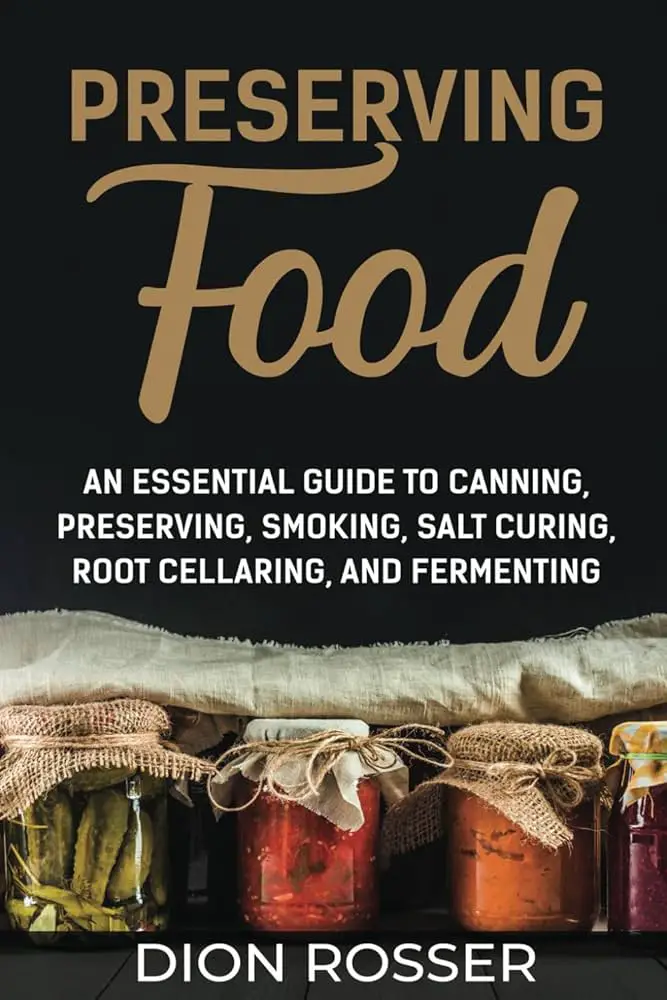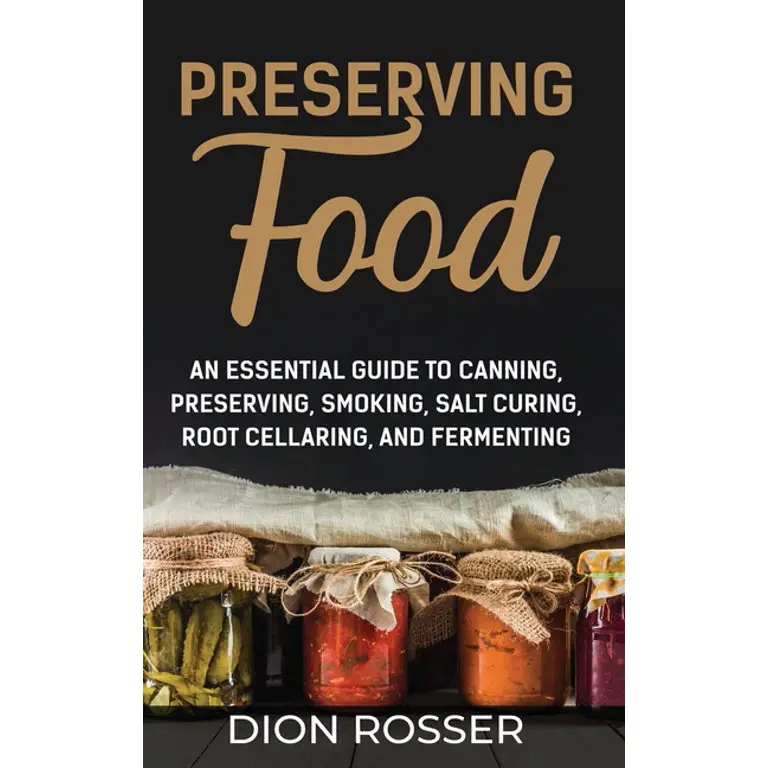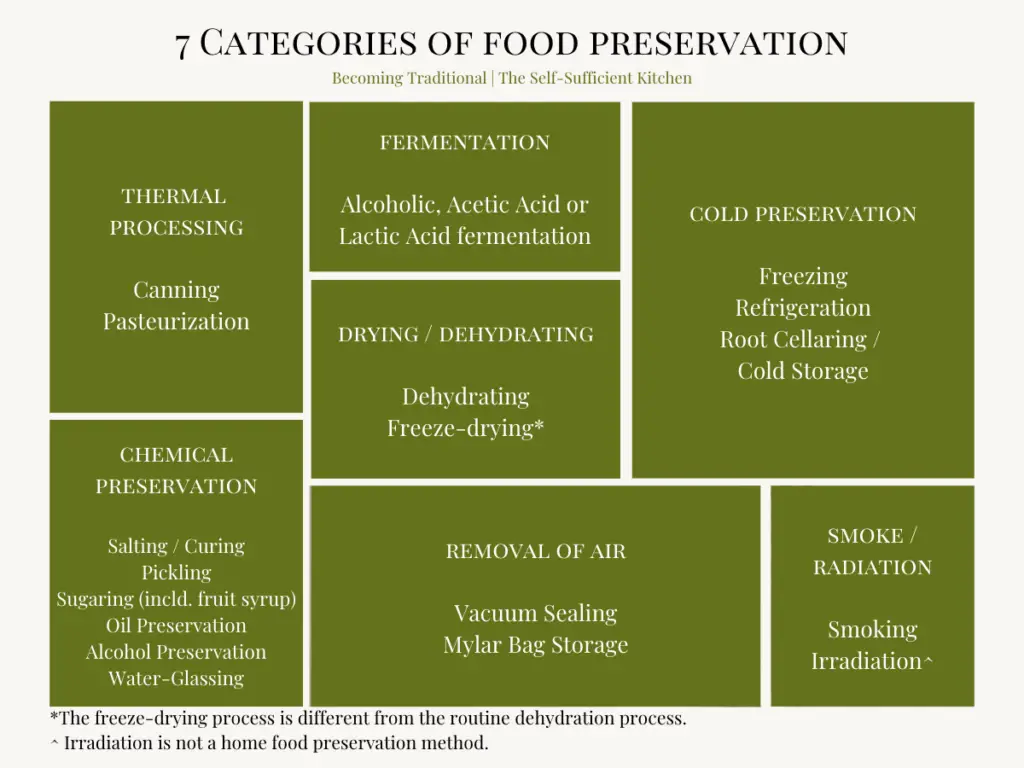Are You Prepared for an Emergency: Crafting a Long-Term Food Strategy
You never know when a natural disaster or emergency may strike, leaving you without access to a grocery store. It’s essential to have a long-term food strategy in place to ensure you and your family are prepared for any situation. In this article, we will explore the art of canning, smoking, and fermentation as key techniques to help you preserve food for the long term.
Canning: Preserving Food for the Future
Canning is a method of preserving food by sealing it in airtight containers to prevent spoilage. This process involves heating the food to destroy bacteria and create a vacuum seal that keeps the contents safe for an extended period. Canning is an excellent way to preserve fruits, vegetables, meats, and even soups for long-term storage.
Smoking: Adding Flavor and Longevity to Your Food
Smoking is not just a cooking technique; it’s also a fantastic way to preserve food for an extended period. By subjecting food to smoke from burning wood, you can add unique flavors while also protecting the food from spoilage. Smoked meats, fish, and cheeses are popular choices for those looking to create a long-term food supply.
Fermentation: Enhancing Flavors and Nutrients
Fermentation is a natural process that transforms sugars and starches in food into beneficial bacteria and enzymes. This method not only enhances the flavors of food but also increases the nutritional value. Fermented foods like sauerkraut, kimchi, and pickles are not only delicious but can also be stored for an extended period without losing their nutritional value.

How to Start Your Long-Term Food Strategy
Now that you understand the basics of canning, smoking, and fermentation, let’s delve into how you can start crafting your long-term food strategy.
Step 1: Assess Your Needs and Preferences
Before you begin, take some time to assess your dietary needs and preferences. Consider what types of food you would like to preserve and how much you will need to sustain yourself and your family in case of an emergency. This will help you determine what supplies and equipment you will need to get started.
Step 2: Gather Your Supplies and Equipment
To begin your long-term food strategy, you will need the right supplies and equipment for canning, smoking, and fermentation. Here is a list of essential items you may need for each method:
Canning Supplies and Equipment
- Mason jars
- Canning lids and bands
- A water bath canner or pressure canner
- Jar lifter and canning funnel
- Pectin, vinegar, and other canning ingredients
Smoking Supplies and Equipment
- Smoker or grill
- Smoking wood chips
- Meat thermometer
- Food-grade smoking pellets or chunks
- Smoking recipes and guides
Fermentation Supplies and Equipment
- Fermentation crocks or jars
- Weights and lids
- Salt and other fermentation ingredients
- pH strips or digital pH meter
- Fermentation recipe books
Step 3: Learn the Techniques
Each preservation method has its techniques and processes that you will need to learn to ensure the success of your long-term food strategy. Take the time to research and practice canning, smoking, and fermentation to become proficient in each method. There are plenty of resources available online, including tutorials, videos, and books, to help you master these preservation techniques.
Step 4: Start Small and Experiment
When starting your long-term food strategy, it’s essential to begin with small batches and experiment with different recipes and methods. This will help you gain confidence in your preservation skills and allow you to discover what works best for you and your family. Don’t be afraid to try new things and tweak recipes to suit your taste preferences.
Tips for Success in Long-Term Food Preservation
Now that you are familiar with the basics of canning, smoking, and fermentation, here are some additional tips to help you succeed in your long-term food preservation journey.
Keep Your Workspace Clean and Organized
Maintaining a clean and organized workspace is crucial when preserving food for the long term. Make sure your countertops, equipment, and utensils are clean and sanitized before you begin. This will help prevent contamination and ensure the safety of your preserved foods.
Label and Date Your Preserved Foods
When storing your preserved foods, be sure to label each container with its contents and the date it was preserved. This will help you keep track of what you have on hand and when it was made, allowing you to rotate your stockpile and use the oldest items first.
Store Your Preserved Foods Properly
Proper storage is essential for preserving food for the long term. Keep your canned goods in a cool, dark place away from direct sunlight. Smoked meats and cheeses should be stored in airtight containers in the refrigerator or freezer. Fermented foods can be stored in the refrigerator or in a cool, dark place such as a cellar or root cellar.
Rotate Your Stockpile
To ensure the freshness of your preserved foods, it’s essential to rotate your stockpile regularly. Use the oldest items first and replace them with new batches to keep your supply up to date. This will help prevent waste and ensure you always have a steady food supply on hand.

Conclusion
Crafting a long-term food strategy using canning, smoking, and fermentation techniques can provide you with peace of mind knowing that you and your family are prepared for any emergency. By following the steps outlined in this article and incorporating the tips for success, you can create a robust and reliable food supply that will sustain you through challenging times. Start small, experiment, and enjoy the process of preserving your food for the long term. Your future self will thank you for the effort and foresight you put into creating a long-term food strategy.

